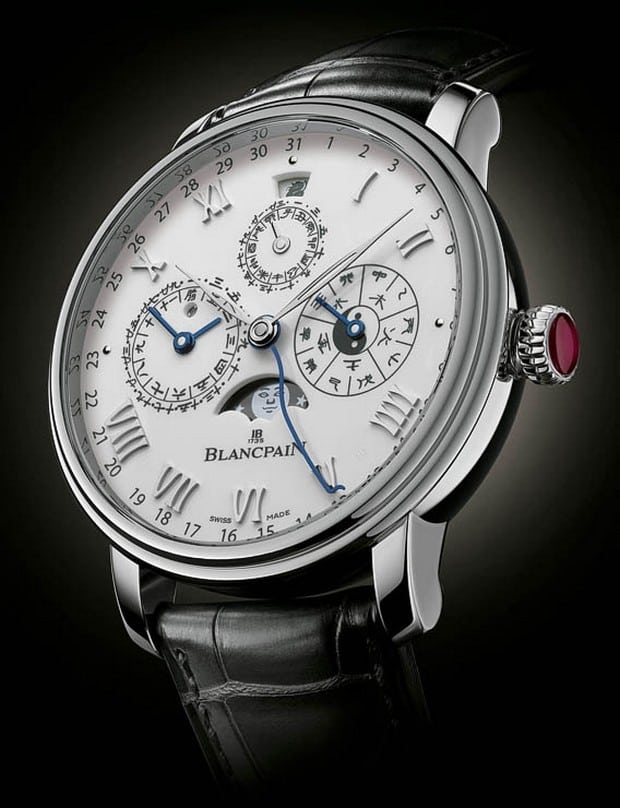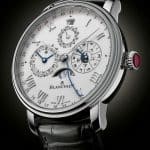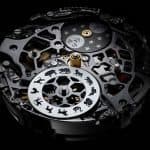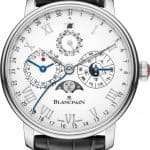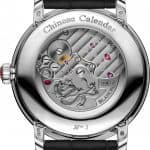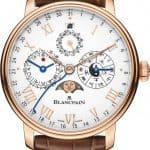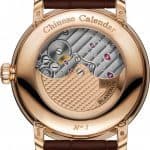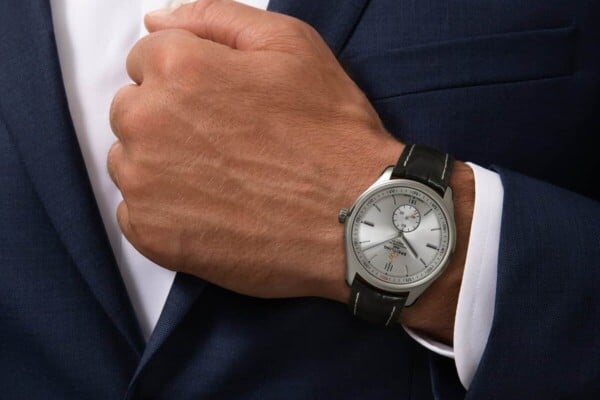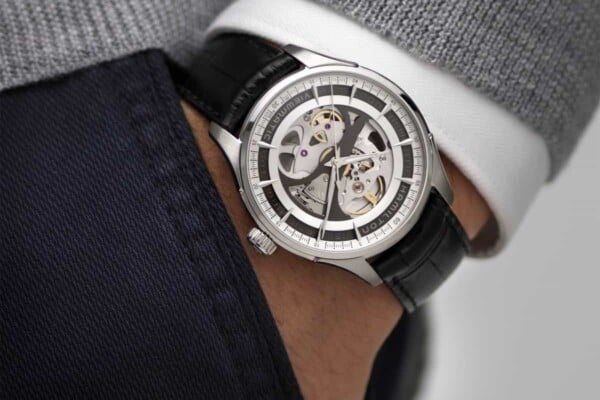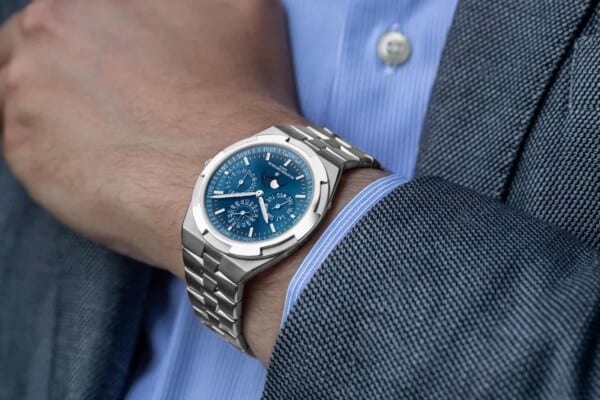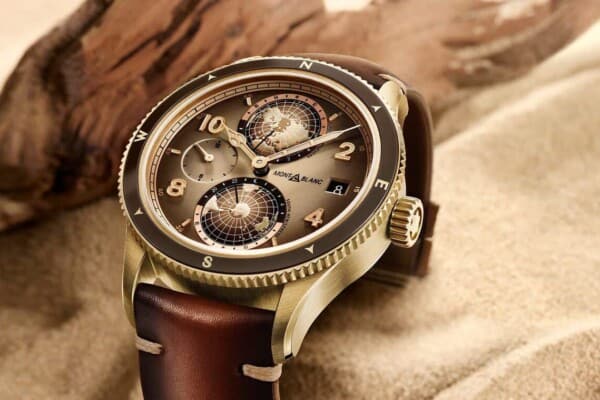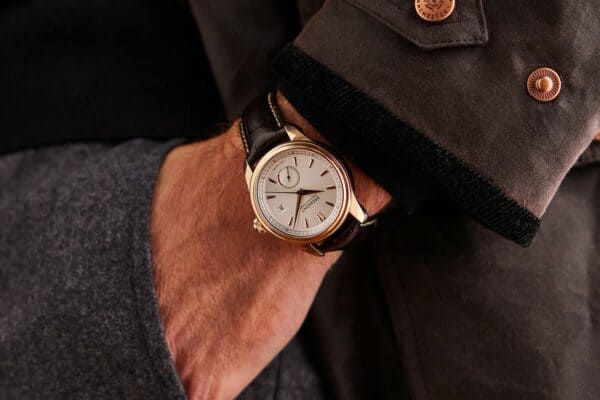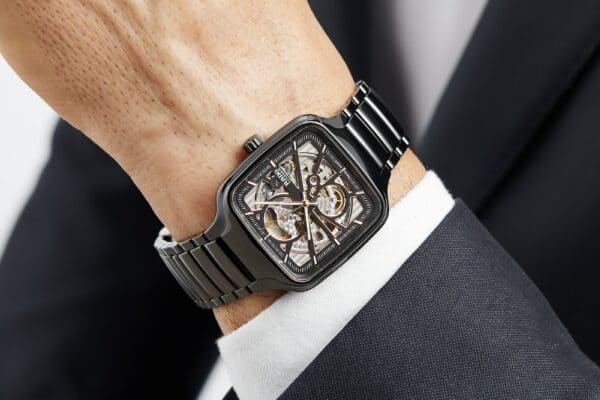The renowned watchmaker Blancpain is presenting a new creation, the Villeret Traditional Chinese Calendar, a watch inspired from the Chinese culture and tradition. Reportedly this is the first mechanical wristwatch equipped with a traditional Chinese calendar.
The dial features hour, minutes and a Gregorian calendar, but at the same time it also comprises Chinese calendar features: signs of the zodiac, the five elements and the 10 celestial stems, day, month with indication of leap months and traditional double-hour indicator.
The centre of the Chinese culture is represented by the combination between the 10 celestial stems and the 12 animals from the zodiac, a representation of the terrestrial branches, in a 60-year cycle. One of the most important elements in Blancpain’s view is the moon-phases indicator.
On this particular timepiece it features quite an important task, given the relationship between the traditional Chinese months and the lunar cycles. The availability of the watch will feature a platinum limited edition of 20 units, boasting a special, dragon rotor and a red gold edition, currently appearing as unlimited.
The core of this exquisite timepiece is the Calibre 3638 movement, the newest self-winding mechanism from Blancpain. In addition, every little thing mounted on this watch bears a whole lot of intricacy, from the huge number of info to the irregular style of the indications styles.
The center of the dial sports the Gregorian calendar, the hours and minutes. The 12 o’clock position features the double-hour numerals and symbols, in a whole-day cycle. At 3 o’clock we can admire the elements, plus the celestial stems, on a 10-year cycle. The 9 o’clock position is where the leap month indicator, the 12-month Chinese calendar and its 3-day cycle reside. The moon-phase indicator is displayed at 6 o’clock, followed by the 12 o’clock aperture that unveils the zodiac sign of the ongoing year.
The most important difference between the common Gregorian solar calendar and the Chinese calendar is that the first one uses the solar day as its base unit, while the second is actually a luni-solar calendar, solar calendar with lunar cycle (29.53059 days) as base. The yearly calendar based on lunar months is actually 11 days too short (354.36707 days) in comparison with the solar or tropical year, which equals 365.242374 days.
Thus, a leap month is at times added to intermediate them. Now, including leap months, each month in the Chinese calendar begins on the day of the new moon, with a duration of 29 or 30 days. To translate the process a bit, when one year includes a leap month, the resulting 13-month year will be a bit longer that a tropical year, this unique feature being behind the variable date of the Chinese New Year.
With such styling and innovation, and considering that China boasts the most numerous population on the globe, it is easy for us to realize the 20-units limited platinum edition will sell as hot bread, while the red gold edition will actually be a great success.
[Perpetuelle]

